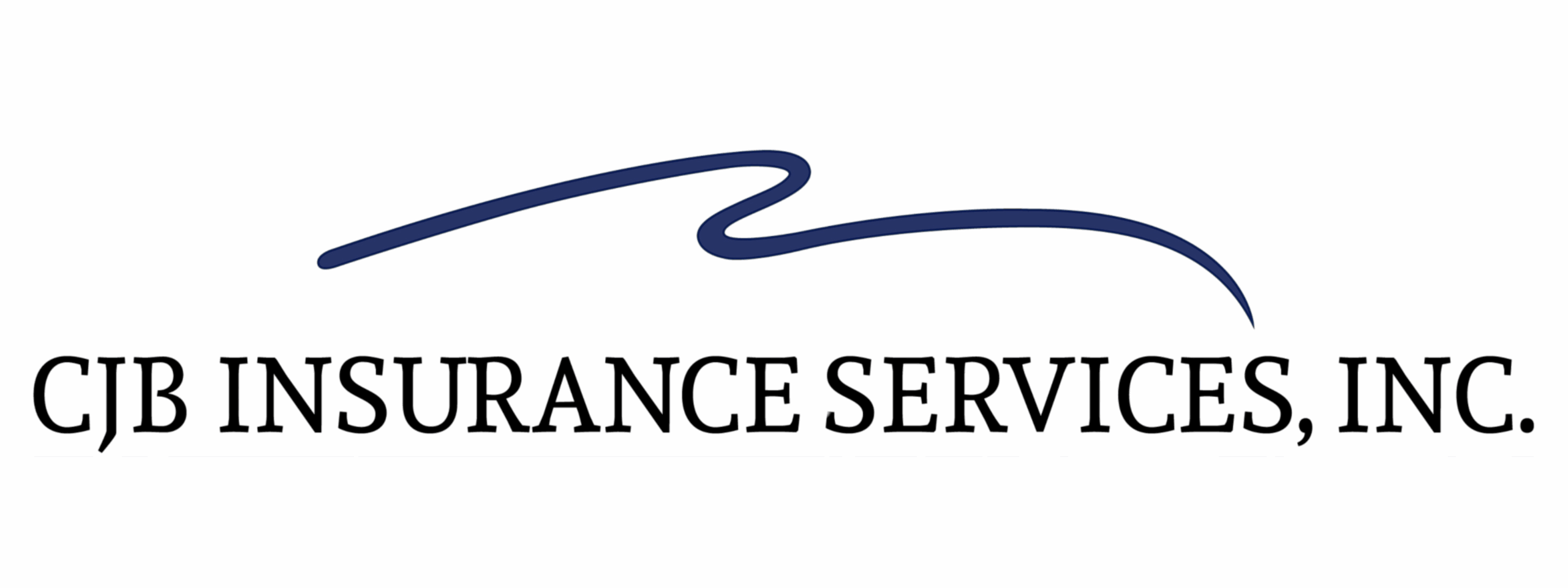Key Considerations When Determining Life Insurance Ownership
This topic was inspired by a recent conversation with an estate planning attorney.
Life insurance is a crucial component of estate planning, providing beneficiaries with liquidity, income replacement, and financial security. However, determining the appropriate owner of the life insurance policy is a critical decision that estate planning attorneys, tax advisors, and financial advisors must help clients navigate. Ownership affects taxation, estate inclusion, and control over the policy. Below are key considerations when advising clients on life insurance ownership.
- Individual Ownership
A common approach is for the insured to own the policy personally. While simple and straightforward, this arrangement has estate tax implications. If the insured is the policy owner at death, the death benefit is included in their taxable estate, potentially subjecting the beneficiary to estate taxes.
- Spousal Ownership
Having a spouse own the policy can keep the proceeds out of the insured’s estate, assuming the insured does not retain incidents of ownership. However, this strategy may introduce complications if the spouse predeceases the insured or the marriage dissolves.
Some companies allow you to list a contingent owner when applying; others don’t. Some carriers will change the owner to the insured, while others will make the previous owner’s estate the owner. Owners can be changed fairly easily while the current owner is still alive. As with most things, it’s prudent to review these details from time to time.
- Irrevocable Life Insurance Trust (ILIT)
For clients seeking to remove life insurance proceeds from their taxable estate, an ILIT can be a valuable tool. By transferring ownership of the policy to an ILIT, the death benefit is excluded from the insured’s estate. However, the insured must relinquish all control over the policy. Additionally, transfers of an existing policy to an ILIT must comply with the three-year rule, meaning the insured must survive for at least three years after the transfer to avoid estate inclusion.
- Business Ownership for Buy-Sell Agreements
For business owners, life insurance is often a key funding mechanism for buy-sell agreements. In cross-purchase agreements, each owner holds policies on the other owners, ensuring that proceeds remain outside the deceased owner’s estate. In entity-purchase agreements, the business itself owns and is the beneficiary of the policy, helping to facilitate ownership transitions.
- Trust-Owned Life Insurance for Minor Beneficiaries
If the intended beneficiaries are minors, direct ownership by the insured or another individual may not be ideal. Instead, a trust can own the policy, ensuring proper management and distribution of funds upon the insured’s death. This approach also helps protect proceeds from creditors and ensures the funds are used in accordance with the insured’s wishes.
- Third-Party Ownership by Adult Children
In some cases, adult children own policies on their parents. This strategy can be effective for estate tax planning, but it requires careful consideration of gift tax implications when premiums are paid by the insured.
- Tax Implications and the Goodman Triangle
The Goodman Triangle is a scenario where the policy owner, insured, and beneficiary are three different individuals or entities. This arrangement can result in unintended gift tax consequences, as the policy proceeds may be considered a taxable gift from the policy owner to the beneficiary.
In conclusion, selecting the proper owner for a life insurance policy requires a strategic approach that balances tax efficiency, control, and the client’s estate planning goals. Evaluating and re-evaluating each client’s unique situation is important to recommend the best ownership structure, ensuring that life insurance benefits are maximized and aligned with the overall estate plan.
All of us professionals have an opportunity to help guide our clients. A young person or couple may have different needs and objectives than someone in their 50s, and it’s a good idea to check in to ensure that their life insurance ownership is still aligned with their objectives. Amending a life insurance policy is easy and may prevent an unexpected tax surprise.
Your referrals are the highest compliment, and I enjoy collaborating with you to support your clients.
© 2025 CJB Insurance Services, Inc.
Please reach out to carly@cjbins.com for ADA options.
